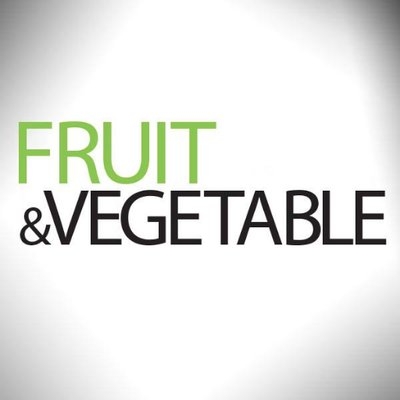
Features
Production
Vegetables
Leek moth confirmed in Nova Scotia counties
July 17, 2018 By Perennia

Perennia in association with Nova Scotia Department of Agriculture and Agriculture and Agri-Food Canada has been monitoring for leek moth across Nova Scotia since early May this year.
Leek moth is an invasive insect pest from Europe that feeds on Allium species (onions, garlic, leeks,etc), and can cause significant damage to these crops.
Previous to 2018, leek moth had been identified in Kings County twice, once in 2016 and again in 2017. In response to this a provincial leek moth monitoring project was established, to determine how widespread the pest is in Nova Scotia.
As of July 3, 2018, leek moth has been confirmed in both Kings and Annapolis County. Currently the pest has not been found in large scale commercial fields, and all the leek moth samples have been from garlic. Leek moth favours garlic and leeks primarily; researchers are currently unsure of its effects in onion production.
Leek moth can be monitored using commercially available pheromone traps, which attract adult males. The adult leek moth is a small (five to seven mm in length) brown moth with a distinctive white triangle in the middle of its wings when they are folded at rest.
Additionally allium crops can be scouted for feeding damage from leek moth larvae. On alliums with flat leaves (garlics, leeks) the larvae feeds on the tops and inside of the leaves, as well as bores into the center of the plant leaving noticeable frass. In alliums with hollow leaves (onions, chives) the larvae will feed internally producing translucent areas on the leaf known as “windowing”. The larvae will also occasionally bore into bulbs.
There are several chemical controls registered for leek moth in garlic, leeks, and onions that can be found in the Perennia’s Garlic Management Schedule, Leek Management Schedule, and Onion Management Schedule.
These pesticides are most effective when eggs are present and leek moth larvae are small, so monitoring is crucial to ensure proper timing of applications. Row cover is also an effective means of protecting allium crops against leek moth, without using chemical controls.
For additional information on leek moth identification and management please consult AAFC’s An Integrated Approach to Management of Leek Moth. If you think you have leek moth please contact Matt Peill, horticultural specialist with Perennia (email: mpeill@perennia.ca, cellphone: 902-300-4710).
RELATED: Monitoring for Leek Moth
Print this page